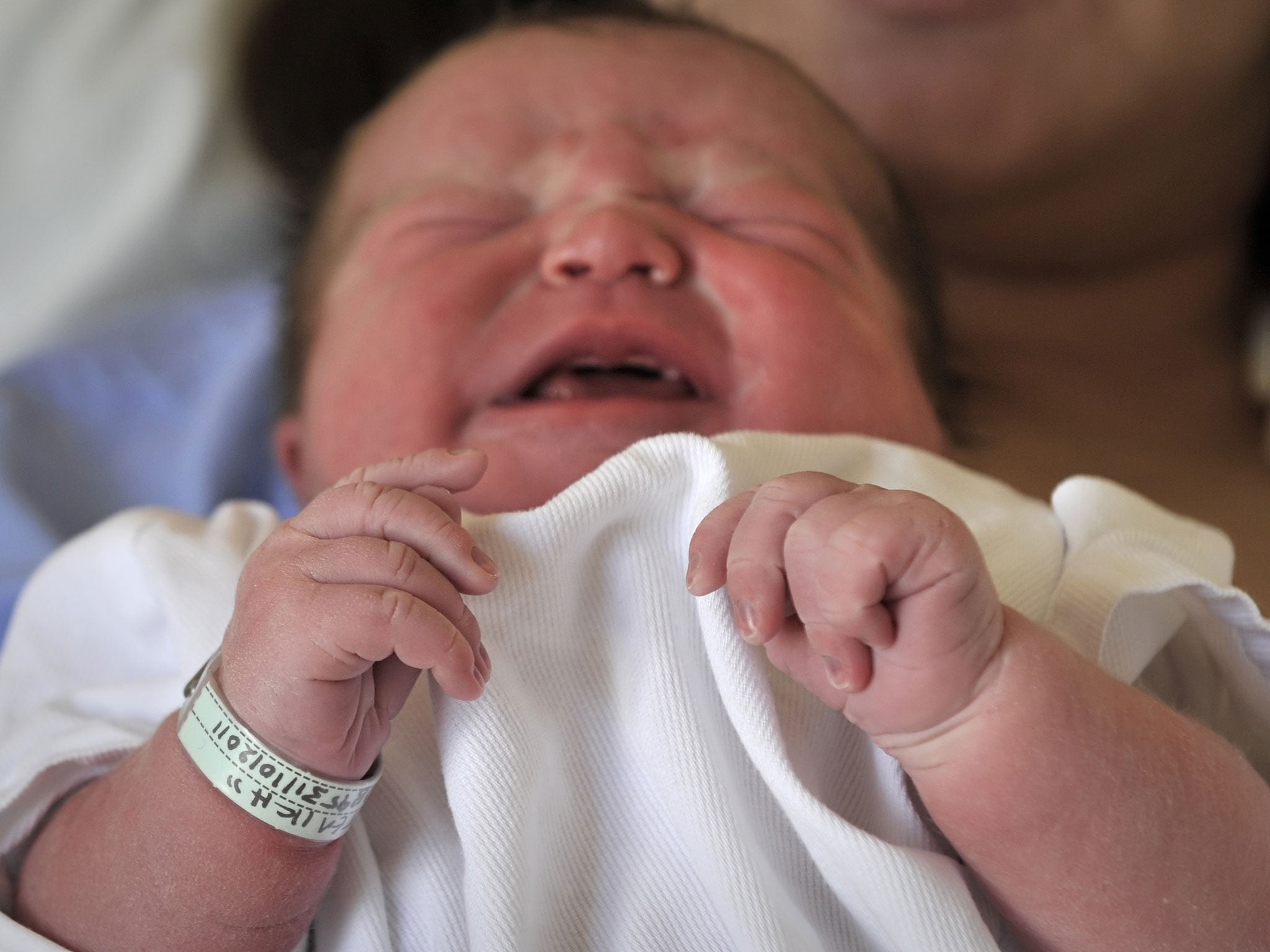Rocking the baby does work, say scientists studying crying youngsters' heart rates

Your support helps us to tell the story
From reproductive rights to climate change to Big Tech, The Independent is on the ground when the story is developing. Whether it's investigating the financials of Elon Musk's pro-Trump PAC or producing our latest documentary, 'The A Word', which shines a light on the American women fighting for reproductive rights, we know how important it is to parse out the facts from the messaging.
At such a critical moment in US history, we need reporters on the ground. Your donation allows us to keep sending journalists to speak to both sides of the story.
The Independent is trusted by Americans across the entire political spectrum. And unlike many other quality news outlets, we choose not to lock Americans out of our reporting and analysis with paywalls. We believe quality journalism should be available to everyone, paid for by those who can afford it.
Your support makes all the difference.Crying babies really do calm down when they are picked up and cradled according to a study that has discovered a deeper scientific basis to a phenomenon that every new mother soon realises to be true.
Scientists in Japan have found that the heart rate of crying babies slows down when they are in put in the arms of their mothers and carried about – but not if the mother remains still, the study found.
Kumi Kuroda and colleagues at RIKEN Brain Science Institute in Saitama discovered the same behavioural trait in young mouse pups and postulated that the phenomenon in human babies stems from an ancient evolutionary response to being handled.
“From humans to mice, mammalian infants become calm and relaxed when they are carried by their mother. This infant response reduces the maternal burden of carrying and is beneficial for both the mother and the infant,” Dr Kuroda said.
The study, published in the journal Current Biology, showed that in addition to slowing the heart rate, carrying babies around caused the involuntary activation of movement detectors in the nervous system which are controlled by the cerebellum region of the brain.
Dr Kuroda made the discovery after noticing that mouse pups became quiet and relaxed when they were gripped and moved gently by their collar, in much the same way that their mothers carry them from one nest to another.
“When I picked the pups up at the back skin very softly and swiftly as mouse mothers did, they immediately stopped moving and became compact. They appeared relaxed, but not totally floppy, and kept the limbs flexed,” Dr Kuroda said.
“This calming response in mice appeared similar to me to soothing by maternal carrying in human babies,” she said.
Knowing how and why babies are likely to be calmed by carrying them could help to avoid cases of child abuse when parents become frustrated and anxious as a result of babies continuing to cry for long periods, Dr Kuroda said.
“A scientific understand of this infant response will save parents from misreading the restart of crying as the intention of the infant to control the parents, as some parenting theories such as the ‘cry it out’ type of strategy suggests,” she said.
“Rather this phenomenon should be interpreted as a natural consequence of the infant’s sensorimotor systems,” she added.
Join our commenting forum
Join thought-provoking conversations, follow other Independent readers and see their replies
Comments